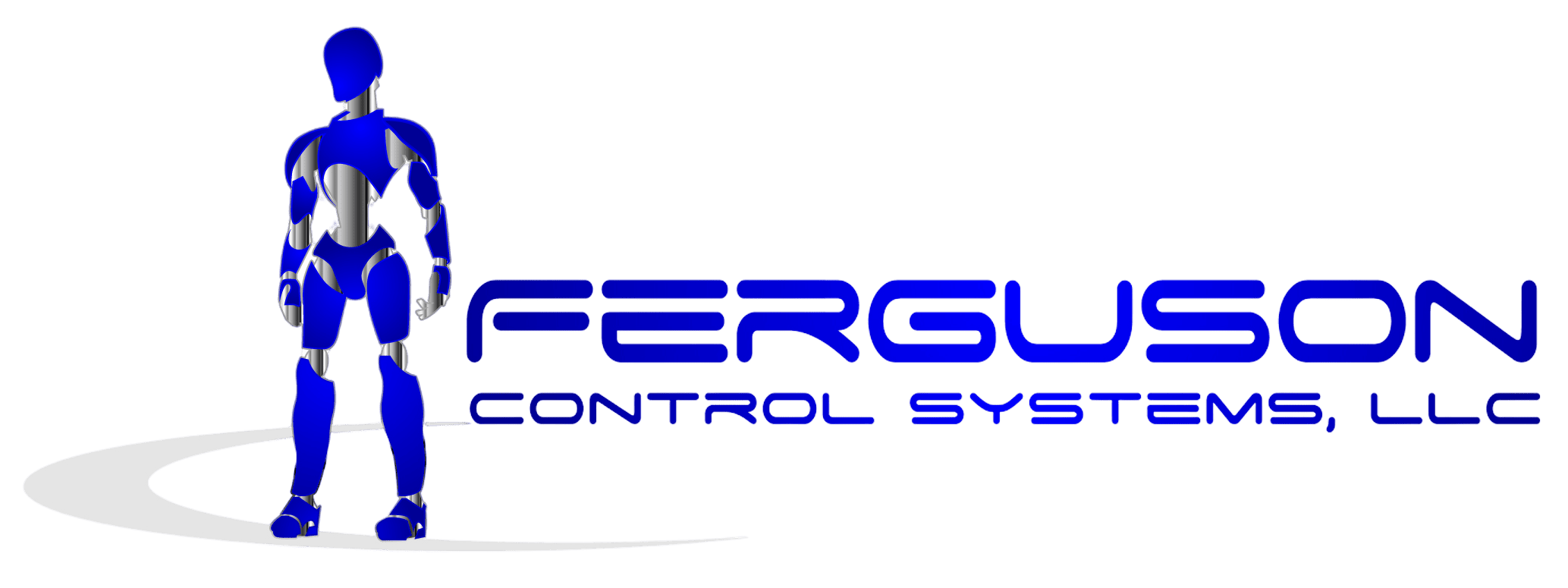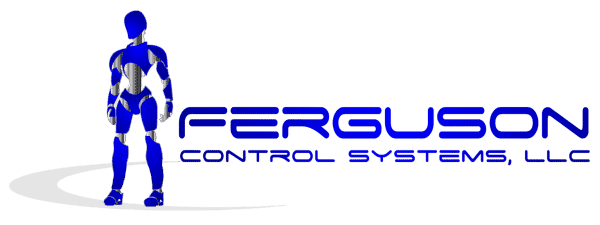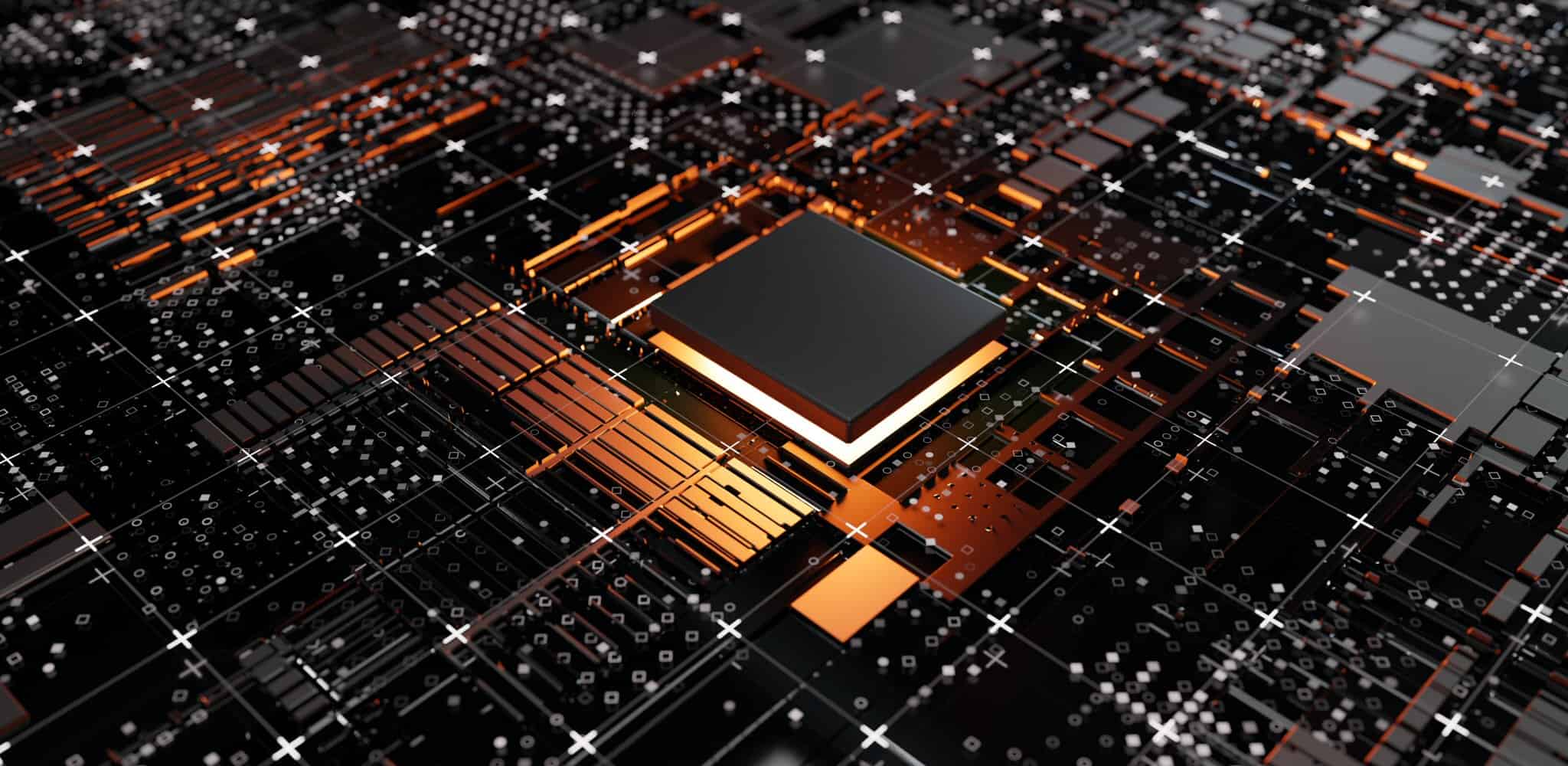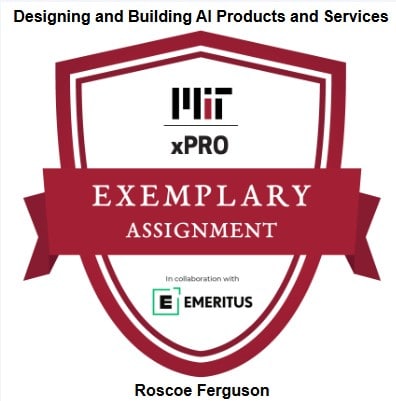ENGINEERS OF PRECISION
Embedded Systems Software, AI and AI Research
Ferguson Control Systems is an innovative and proven company that specializes in the architecture, design, and implementation of embedded systems software, AI, and AI research. Located in Houston, Texas, the company is composed of experienced developers of on-board systems from Human Space Flight and Military Programs. FCS has embraced the knowledge learned from the development of human-rated and safety critical systems and utilizes these techniques to provide quality and reliability in the development of control systems software.
Achieving exceptional outcomes for the most challenging missions
Years Established



Aerospace
Defense
Intelligence
Capabilities / Solutions
Embedded System Architecture
Embedded System Architecture is one of the first steps in the creation of an embedded system. It is the most important step to ensure success in meeting system goals and objectives.
Embedded System Design
After the establishment of a well-defined architecture, the next important step is the design process. This phase realizes an architecture into a design to guide implementation. The quality of the design determines the effectiveness, maintainability, scalability, and stability of the system.
Embedded System Programming
Typically, the implementation phase of development involves programming for the software portion of an embedded system. Programming is a logical concept that is “wide open” in terms of techniques and styles.
FPGA Field Programmable Gate Arrays
Field Programmable Gate Arrays are being integrated into embedded system design at an increasing rate. Due to the flexibility to support custom digital logic designs and parallel processing, these devices are utilized to meet the growing demand of increased processing needs.
Board Support Package Development
In embedded systems, a board support package (BSP) is the layer of software containing hardware-specific drivers and other routines that allow a particular operating system (traditionally a real-time operating system, or RTOS) to function in a particular hardware environment (a computer or CPU card), integrated with the RTOS itself.
AI Services
AI Services at Ferguson Control Systems combine innovative technology and expert knowledge to empower organizations with the full potential of artificial intelligence.
Network Logic Programming Theory
Logic abstracted as relationships and their derivates is the next evolution of programming. There is an assumption that, with the rise of artificial intelligence, the art of programming is dead. But something can be done.
AI Research
Ferguson Control Systems is advancing AI Research through working with IUCRF BRAIN Center and Univesity of Houston CougarAI.
Architects of Intelligence
Engineers of Precision

"Ferguson Control Systems is an innovative and proven company that specializes in the architecture, design, and implementation of embedded systems software and Artificial Intelligence within embedded systems. We also provide AI Database Management Services and AI Data Acquisition & Edge Computing."
CONTACT INFORMATION
Ferguson Control Systems, LLC
4265 San Felipe Street, Suite 1100
Houston, Texas 77027
Email: info@fcs-embedded.com
Office Hours
Monday-Friday: 8 AM to 5 PM
Weekends: Closed
CONTRACTOR INFO
SAM UEI: LGB9HLMD6PT3
GSA Contract Number: 47QTCA23D003E
NAICS: 541511 Custom Computer Programming Services









